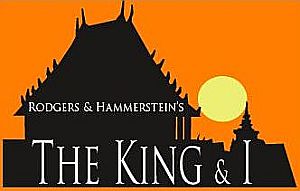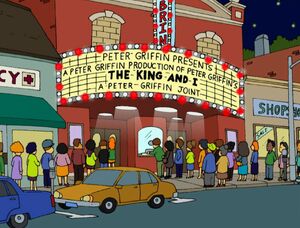

http://abcnotation.com/tunePage?a=trillian.mit.edu/~jc/music/abc/mirror/bardicrose.com/ABCTUNES.ABC/0094
http://www.musiceducationmadness.com/images/TacoBellCanon0011.jpg
TACO BELL CANON:
AN ORIGINAL VERSION?
http://www.youtube.com/watch?v=QXsCMGhzC1o&feature=related
ANIME WANTS TACOS
(Taco Bell Canon)
http://www.music4education.com/resources/canon/tacobellcanon.pdf
https://ojrdistrictchorus.wikispaces.com/Sound+Files
https://ojrdistrictchorus.wikispaces.com/file/view/TBC+-+lyrics.pdf
PERFORMED BY A CHOIR
ANOTHER VERSION
PERFORMED BY
PERFORMED BY
PENNHARMONICS
PENNHARMONICS
http://www.youtube.com/watch?v=GWFf0WaDTU4
LINKS
http://www.smartlyrics.com/Song585854-Christine-Lavin--The-Mistletones-Tacobel-Canon-lyrics.aspx
http://tacobellsong.ytmnd.com/
http://www.songfacts.com/detail.php?id=5608
http://classicalschool.blogspot.com/2007/06/history-of-music-rounds-and-canons.html
 |
| http://commons.wikimedia.org/wiki/File:Pachelbel_Canon_th_C1.jpg |
LINKS
http://www.smartlyrics.com/Song585854-Christine-Lavin--The-Mistletones-Tacobel-Canon-lyrics.aspx
http://tacobellsong.ytmnd.com/
http://www.songfacts.com/detail.php?id=5608
http://classicalschool.blogspot.com/2007/06/history-of-music-rounds-and-canons.html



















